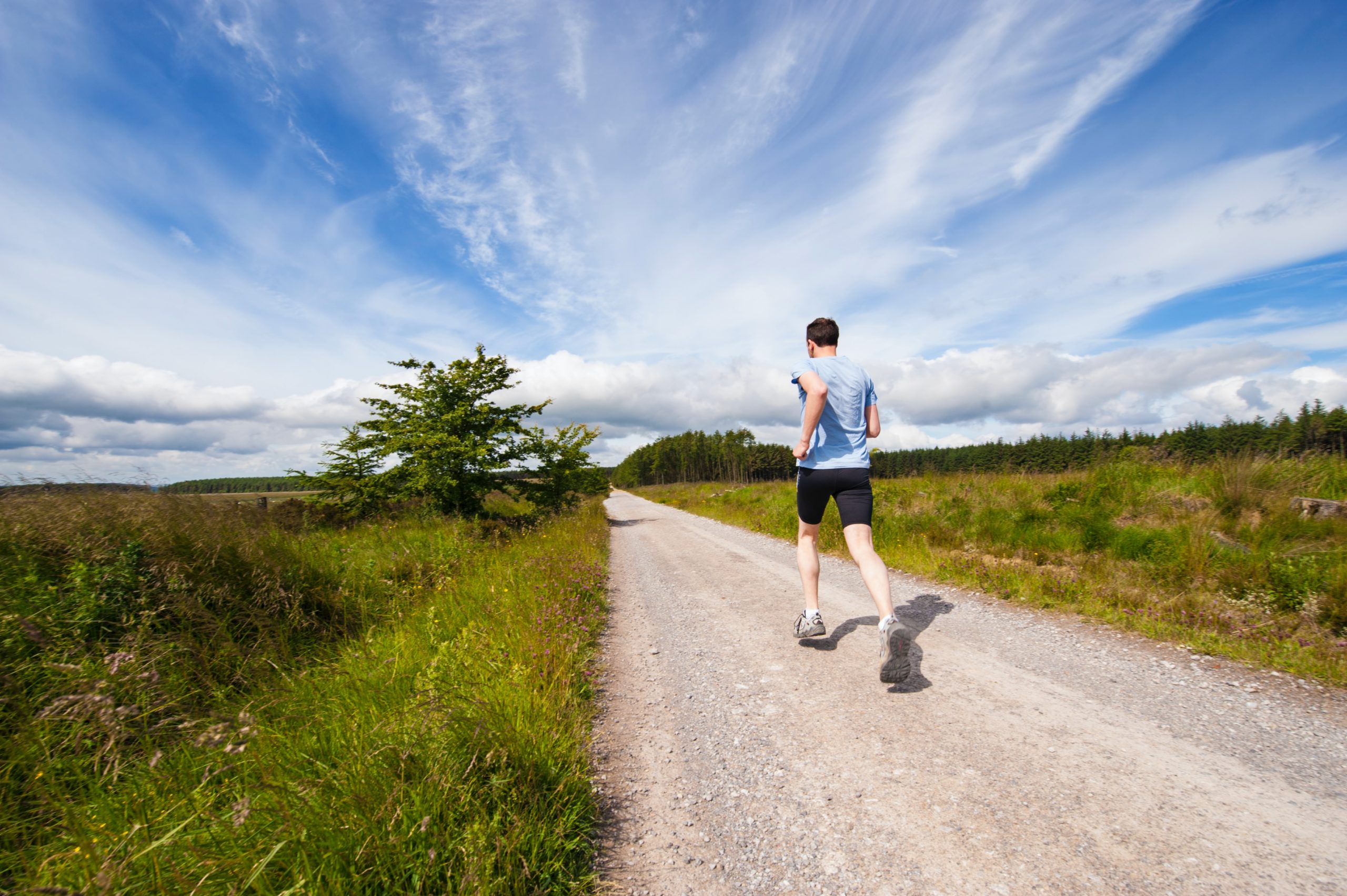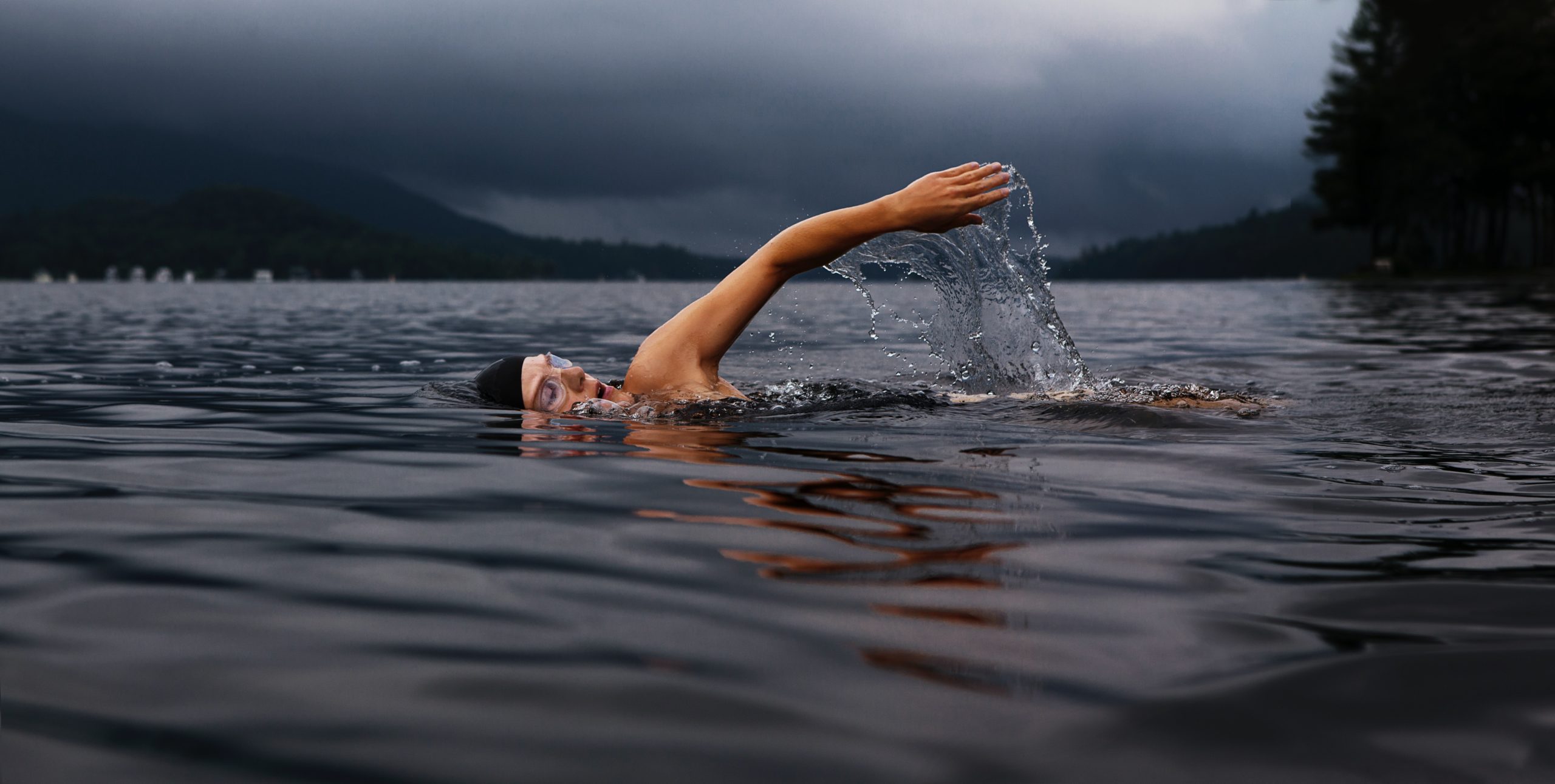If you have been actively training in the fresh air for a long time, you probably do not want to stop just because winter has come. There are few options. You can move into the room, go to warmer regions. Or continue to run on the street, but with some nuances. We will tell you how to properly run in winter.
Running, like other cardio exercises, is very beneficial for the body. It improves endurance, strengthens the heart and blood vessels, and prevents aging. As you know, in order for the effect of sports to be obvious, you need to do it regularly. If you cancel your workouts every time because of bad weather, they will not give any result. However, running is not so simple.
Winter in our latitudes can be quite severe. And every runner thinks: is it worth subjecting the body to loads in such weather? Cold discomfort isn’t the only problem. But also the fact that the tracks become too wet and slippery.
Professional athletes are sure: you can run in winter. You just need to do it in suitable sportswear, be sure to warm up. Do not overexert the body and listen to it, interrupting a run if unpleasant sensations arise. And in order to finally dispel your doubts, we have collected the most popular questions about winter running training. And they asked experienced athletes to answer them.
1. Is it dangerous to run in winter?
In fact, this sport carries a certain risk at any time of the year. Especially for beginners. This is a strong vertical and shock load on the spine. Tension on the back, lower back. The feet and knee joints are affected. To minimize harm, it is best to only run on soft ground or grass, not asphalt. When athletes change surfaces – for example, instead of running on a park track in a gym – they may experience knee pain. Winter is also a surface change. Good shoes with shock-absorbing and non-slippery soles will help.
2. How does freezing temperature affect running efficiency?
In general, you can go jogging even in cold weather. You need to focus on your endurance. But it should be understood that minus 20 and below is not the best temperature for such activity. Since the lungs are heavily supplied with oxygen, they can suffer from too cold air. And if you don’t run very fast, it will simply be cold. You can get hypothermic and get sick.
Therefore, at subzero temperatures, it is necessary to breathe only through the nose. It warms the air before delivering it to the lungs. And exhale warm air with your mouth. In order not to lose this breath, you need to choose the right pace. The athlete must monitor the pulse. If he accelerates too much, there is a risk of overcooling the nasopharynx when inhaling icy air. Covering your face with a scarf or balaclava is not advisable. It is very important that nothing interferes with free breathing. If the skin suffers from frost, then you can wear a warm accessory. But then there should be at least a centimeter of free space between the tissue and the mouth.
3. How to warm up in cold weather?
The purpose of the warm-up is to gradually accelerate the pulse before exercise, warm up the ligaments and muscles. In cold weather, it may not be effective. Therefore, it is best to warm up in a warm room. You need to properly stretch your shoulders and legs. Pay special attention to knee joints and feet. Each movement requires at least 9 seconds. A little stretching is also helpful.
4. How long should you run?
This is influenced by the fitness of the athlete, the weather outside and the goal of the training. If it includes anaerobic exercise, you can spend more time running. And on a run with acceleration, you need to focus on the pulse. In winter, tracking its frequency becomes more difficult. To know for sure if your heart rate is higher than normal, you should always use a heart rate monitor.
5. Who better to give up running?
Contraindications to jogging are any problems with the respiratory system and acute illnesses. With radiculitis and joint diseases, it is better not to run in the cold. The joints should not be hypothermic at all. Therefore, it is important even for healthy runners to choose the right clothes. In order not to sweat a lot and not get cold because of this.
6. How should I dress for a run?
Correct equipment is one of the most important conditions for effective and safe training.
You will need:
running shoes
sneakers – in order not to slip on an icy surface, you need maximum cushioning of the sole, frost-resistant materials, deep anti-slip protector
thermal underwear – a body kit with a minimum of wool in the composition will help remove excess moisture and keep warm;
socks – ideal – a pair that adjusts to body temperature and does not allow moisture to pass through;
tracksuit – can be either tight or loose, the main thing is to be comfortable; for severe frosts of minus 15 and below, it is worth taking models with a fleece lining, which retains heat, and membranes that do not allow water to pass through;
jacket – models with thinsulate are distinguished by excellent wear resistance, warmth, lightness;
gloves are a necessary element, as hands begin to freeze first; for protection from frost and wind, woolen or fleece gloves are suitable;
scarf – it is important to keep your neck warm, for this you should wear a scarf, scarf or balaclava;
hat – must cover the ears; so that it allows air to pass through, but not heat, it is better to choose a synthetic model.
7. How do you know when to stop?
The body will tell you when jogging can do harm. Normally, the feeling of cold lasts no longer than 10 minutes from the start of the cross. Then the athlete warms up. When you have been running for a long time, but you are still freezing and feel cold sweat, then you have not dressed for the weather. If you can’t pick up the pace, then stop running.
Avoid exercising outdoors in any weather. In order not to get cold, it is enough to choose good equipment made of modern materials. In addition, such loads are an excellent hardening of both the body and character. Your athletic performance will definitely increase.






